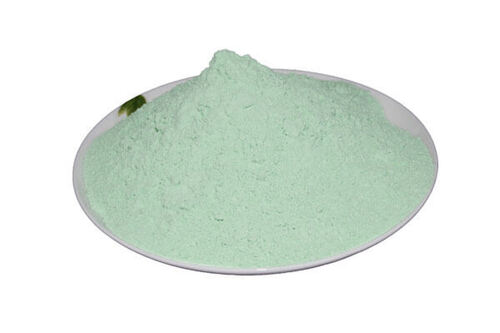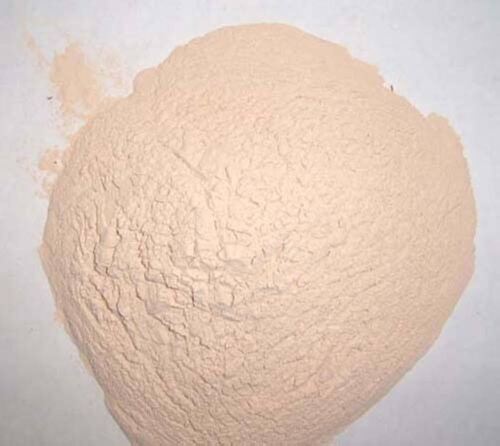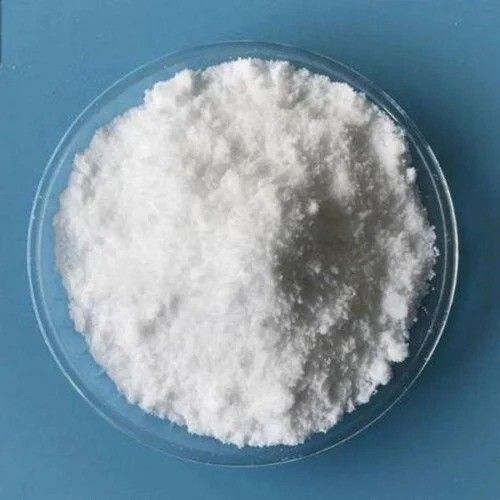
NICKEL CARBONATE
Product Details:
- Melting Point 205 C
- Water Insoluble nonsoluble in hot water
- Ph Level 7.05 to 7.67
- Structural Formula NiCO3
- HS Code 28369990
- Molecular Weight 118.702 g/mol GSM (gm/2)
- Storage Dry Place
- Click to view more
NICKEL CARBONATE Price And Quantity
- 600.00 - 750.00 INR/Kilograms
- 20 Kilograms
- 600 INR/Kilograms
NICKEL CARBONATE Product Specifications
- NiCO3
- 28369990
- Water Treatment Industrial Feed Additives
- 118.702 g/mol GSM (gm/2)
- 205 C
- almost insoluble (0.093 g/L) in water (25C), nonsoluble in hot water, and soluble in acids.
- Dry Place
- nonsoluble in hot water
- Green
- 7.05 to 7.67
NICKEL CARBONATE Trade Information
- Cash Against Delivery (CAD) Cash Advance (CA) Cash in Advance (CID)
- 50000 Kilograms Per Week
- 4 Days
- Yes
- Free samples are available
- 50KG , 25 KG HDPE BAG AND AS PER YOUR REQUIREMENT
- Asia South America Middle East Africa
- ISO 9001:2015 CERTIFECATED COMPANY
Product Description
NASIT PHARMACHEM IS A MANUFACTURER, EXPORTER & SUPPLIER OF INORGANIC SALT AND CHEMICALS .
Nickel carbonate is a chemical compound composed of nickel, carbon, and oxygen, with the molecular formula NiCO3. It is typically found in the form of a green crystalline solid. Nickel carbonate is insoluble in water but soluble in acids, and it decomposes upon heating to form nickel oxide and carbon dioxide.
In terms of its properties and uses:
1. *Physical Properties Nickel carbonate appears as green crystals or powder. It has a molecular weight of approximately 118.71 g/mol and a density of around 3.57 g/cm³. The compound is stable under normal conditions but decomposes at higher temperatures.
2. *Chemical Properties Nickel carbonate reacts with acids to form soluble nickel salts and carbon dioxide gas. It is also thermally unstable, decomposing into nickel oxide (NiO) and carbon dioxide (CO2) when heated above 200C.
3. *Uses
- *Catalysts Nickel carbonate is used as a precursor in the production of various nickel catalysts, particularly in the chemical industry.
- *Pigments It is used as a green pigment in ceramics, paints, and glazes.
- *Electroplating Nickel carbonate is a source of nickel ions used in electroplating processes to deposit a layer of nickel onto metals.
- *Battery Materials In battery manufacturing, nickel carbonate is used as a cathode material in some rechargeable batteries.
- *Catalyst Support It serves as a support material for catalysts in hydrogenation and other chemical processes.
4. *Health and Safety Nickel carbonate should be handled with care as it can be hazardous if ingested or inhaled. It is important to follow proper safety precautions, such as wearing protective equipment, when working with this compound.
Overall, nickel carbonate is a versatile compound with applications in various industries, including chemicals, ceramics, electroplating, and battery manufacturing.

Price:
- 50
- 100
- 200
- 250
- 500
- 1000+







